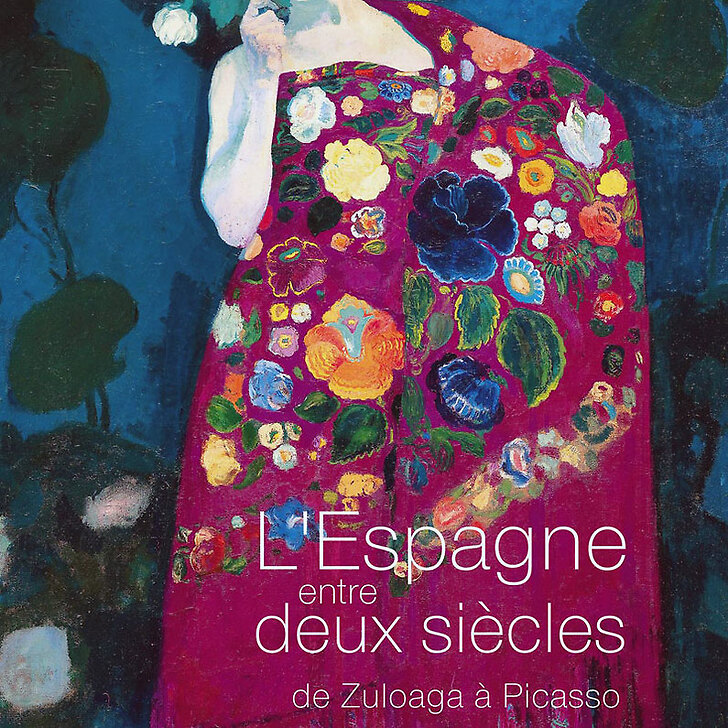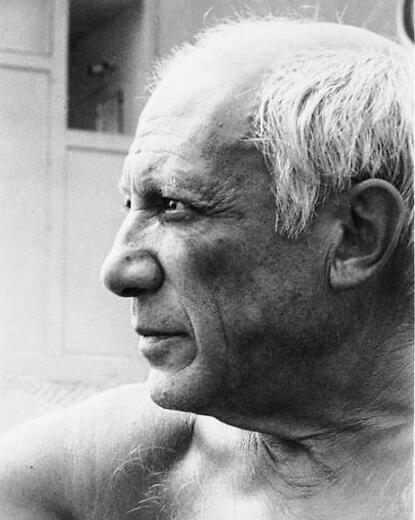Exhibition catalogue L'Espagne entre deux siècles de Zuloaga à Picasso
EP195932
Pablo Ruiz Picasso (1881-1973)
Published on the occasion of the exhibition Spain between 2 centuries from Zuloaga to Picasso (1890-1920), Musée national de l'Orangerie until 9th January, 2012.
Although the Spanish painters of the Golden Age are well known by the French public, less so are the artists...
Read more
Pablo Ruiz Picasso (1881-1973)
Published on the occasion of the exhibition Spain between 2 centuries from Zuloaga to Picasso (1890-1920), Musée national de l'Orangerie until 9th January, 2012.
Although the Spanish painters of the Golden Age are well known by the French public, less so are the artists of the transitional period between the 19th and 20th centuries, with the possible exception of Sorolla. Many of them, however, like Zuloaga, Casas, Camarassa and Rusiñol, spent long periods in Paris, and regularly exhibited at the Salons. This generation opened the way for those who would become giants in the history of art: Dalí, Miró and Picasso.
The exhibition presents two visions of Spain: Black Spain, with Zuloaga and Solana as its major representatives, and White Spain idealised by Sorolla's luminous, shimmering palette. Taking these two different sensibilities and the proliferation of artistic movements that appeared one after another at the dawn of the 20th century, the exhibition demonstrates how constant contact with Paris, the capital of New Painting, led the majority of these artists to adopt new idioms, while still remaining the heirs to El Greco, Ribera and Goya, and retaining part of their Hispanic identity.
Close
Login to see prices
Sold by GrandPalaisRmn




